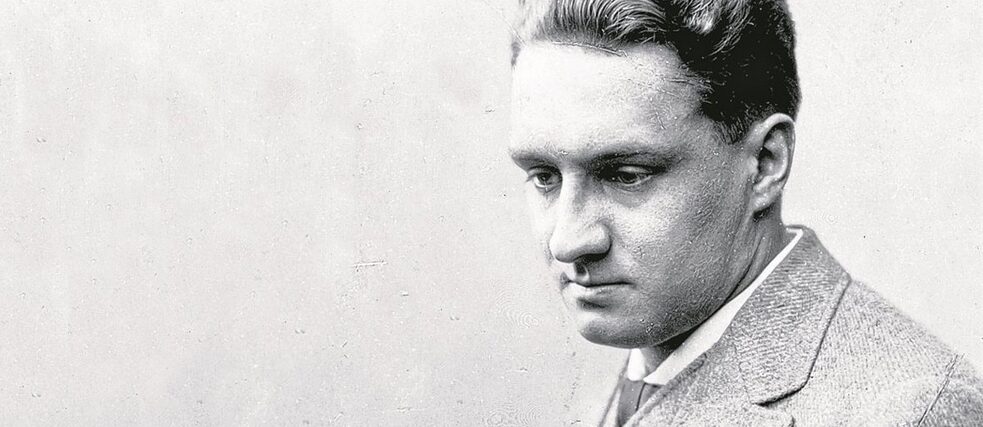Musical Hidden Gems
Rudi Stephan (1887–1915)

German music lost one of its most eminent hopefuls when Rudi Stephan was killed during WWI. His remaining works give us a tantalizing glimpse of what might have been.
By Pari Ludin
The world was robbed of many of its brightest musical talents as a result of the First World War. Among them was Rudi Stephan, a trailblazer who could have undoubtedly become just as much a household name as the greats we already know.
Stephan grew up in Worms as the son of a well-off family of lawyers. After beginning his musical training in his hometown, he enrolled in the Hoch Conservatory in Frankfurt to study with progressive composer and pedagogue Bernhard Sekles. One year later, Stephan packed his things and went to the Munich Academy of Music in 1906 in search of further inspiration from Rudolf Louis, a music critic and conductor.
When his studies came to an end in 1908, Stephan remained in Munich to work as a freelance composer. Through the generous financial contribution of his father, the first public performance of his works was held in 1911 and was performed by the Munich Philharmonic Orchestra. While the response to his first concert was underwhelming, this put Stephan on the map. As he continued to release works and hold more concerts across Germany, his popularity grew as an unconventional and immensely talented composer.
His career was only just getting started when he was drafted to the front line. As Stephan said goodbye to his parents at the train station, it is said that he told them: “Wenn nur meinem Kopf nichts passiert. Es ist noch so viel Schönes darin.“ (“If only nothing happens to my head. There is still so much beauty in it.”). After two weeks of serving in the military, Stephan was killed on the Galician front in 1915 at the age of 28. What is doubly tragic is that he was also a victim of the Second World War: the majority of his manuscripts and unfinished works were destroyed as a result of the bombing of Worms in 1945.
Despite the loss of part of his oeuvre, Stephan left behind a range of works, including orchestral pieces and operas, all consisting of laconic-neutral titles without words such as “opus” or “sonata”. This all makes sense once you listen to his works; as a whole, they consist of a myriad of sounds, edging off of romanticism and traditional tonality (the organization of all the tones and harmonies of a piece of music in relation to the first note of the scale) and dipping into free tonality (deliberately avoiding musical gestures that might suggest tonality) à la Schönberg. If we were to play a game of “Guess who influenced Rudi Stephan’s work?” the answers would be Debussy, Berg, Strauss, Wagner, Stravinsky, and Schönberg, just to name a few.
While it is sadly impossible to fully immerse ourselves in the entirety of Stephan’s works, we can enjoy what remains of his legacy as one of the leading composers of his generation.
Here is Rudi Stephan’s Musik für sieben Saiteninstrumente, performed by German pianist Hinrich Alpers, the Kuss Quartet, harpist Marie-Pierre Langlamet, and conducted by Nabil Shehata. Brimming with drama and passion, this piece calls for an atypical yet fantastic string sextet with two violins, viola, violoncello, double bass, piano, and harp.